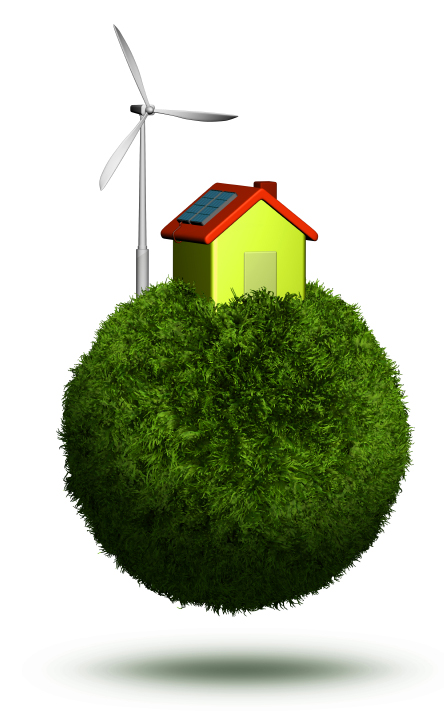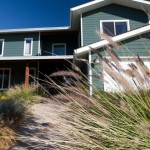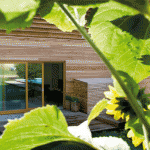 All the TV shows, all the magazines and all the advice from our environmentally conscious friends about green living can really make our heads spin. Is your floor off-gassing VOCs, do your cleaning supplies have endocrine disruptors, what’s the carbon footprint of your German Sheppard… Oh my goodness, some of this can sound like a brand new language!
All the TV shows, all the magazines and all the advice from our environmentally conscious friends about green living can really make our heads spin. Is your floor off-gassing VOCs, do your cleaning supplies have endocrine disruptors, what’s the carbon footprint of your German Sheppard… Oh my goodness, some of this can sound like a brand new language!
One of the reasons this blog was started is to help you simplify things and take the burden of interpreting all the “green” jargon out there today. I’ll take the joys of staying on top of all this and you, my green partner, enjoy and implement some of these concepts when you can… deal?
You’ve heard the term “Green Home” by now; probably many times if you’ve visited this blog or browsed the internet on the subject before. Have you ever asked yourself what that really means? Chances are you have.
Essentially, living green implies being aware of the environment around us. Not just locally, but also globally. We do our best to consider results of our actions when it comes to our bodies, health and nature around us. Green homes are no different. An environmentally friendly home is a home that—compared with a standard home—uses less energy, water, and natural resources; creates less waste; and is healthier for its inhabitants. These homes can either be built green from the start, or they can undergo some eco-conscious alterations or remodels later down the road.
5 KEY COMPONENTS
Nearly all eco friendly homes will consider the following key principals essential to green building and remodeling:
1. Design and size: Good site design and just large enough, as opposed to larger is better. The reality is that a 4,000 square feet home will require more heating, air conditioning and lighting than a 2,000 square feet home. If you really want a sustainable home, choose a smaller size. A green home will also consider orientation on its site to bring abundant natural daylight and to take advantage of any prevailing breezes. This obviously works best if you are a building a new home but you can also keep this in mind when shopping for a re-sale or considering improvements on an existing one.
 2. Community connectivity: Located close to work, school, recreation and other basics. The idea is to consider the walkability of the neighborhood and whether you will be able to ride a bike to your best friend’s house. Less time in the car – less pollution. More time on the bike or feet – better health. I’m sure you’ll agree – both of the two will reduce your carbon footprint and increase your overall enjoyment of life. You can check your neighborhood’s walkability score at www.walkscore.com.
2. Community connectivity: Located close to work, school, recreation and other basics. The idea is to consider the walkability of the neighborhood and whether you will be able to ride a bike to your best friend’s house. Less time in the car – less pollution. More time on the bike or feet – better health. I’m sure you’ll agree – both of the two will reduce your carbon footprint and increase your overall enjoyment of life. You can check your neighborhood’s walkability score at www.walkscore.com.
3. Energy and water efficiency: This incorporates things like natural day lighting through the use of skylights or daylight tubes, Energy Star appliances, better home insulation, low E rating windows, dual flush toilets, low flow sinks and shower heads. Increasingly, you will see the use of solar energy to produce hot water with solar hot water heaters and electricity provided by solar panels. In general, people who live in green homes save money by consuming less energy and less water than standard homes. Over the years, that also adds up to big savings.
 4. Material selections: Use of sustainable and renewable materials, where possible recycled and/or reclaimed products. Wood-based features should come from rapidly renewable sources like bamboo, but if tropical hardwoods are used, they must be certified by the Forest Stewardship Council. A green home uses salvaged materials like kitchen tiles and materials with significant recycled content. Some of the most popular updates to do these days is to use recycled glass countertops for your kitchen and install cork flooring. Both look and feel amazing.
4. Material selections: Use of sustainable and renewable materials, where possible recycled and/or reclaimed products. Wood-based features should come from rapidly renewable sources like bamboo, but if tropical hardwoods are used, they must be certified by the Forest Stewardship Council. A green home uses salvaged materials like kitchen tiles and materials with significant recycled content. Some of the most popular updates to do these days is to use recycled glass countertops for your kitchen and install cork flooring. Both look and feel amazing.
5. Indoor air quality: This one is obvious – avoiding the use of toxic materials at all costs. Use only low or no Volatile Organic Compound (VOC) paints. Keep in mind that materials and even furniture can off gas and slowly intoxicate the inhabitants of a home. One of the most important things is well thought out ventilation to bring fresh air from outside. Remember one general rule here: that new house smell is actually not good for you.
To get a taste of what a green home looks and feels like I recommend watching a video called Eco Home Tour – Zero Net is Way to Go posted a couple of months ago.
Personally, I am super jazzed up about the future of green homes. Here in California, and especially Silicon Valley, we are truly at the forefront of green innovation and use of sustainable materials.
We are early adapters of environmentally conscious ideas because it simply makes sense. Both, financially and environmentally. Bottom line is green homes are healthier, more durable, and more cost-effective. And the best part is that they a large piece of the puzzle to the global climate change solution.
Please do your part and do what you can to adapt some of the principles mentioned above. I’m always here for you if you have any questions or need a referral to a trusted “green” professional. Go green!
 Bluebird Residence: Can This Be The Greenest Home in California?
Bluebird Residence: Can This Be The Greenest Home in California? Discover The Principles of Baubiologie
Discover The Principles of Baubiologie How to Save Energy Like a Pro by Properly Sizing the AC
How to Save Energy Like a Pro by Properly Sizing the AC